While this guide takes you through the city’s most iconic monuments, Seville stretches far beyond its historic centre, and there are plenty of other treasures waiting to be discovered.
Start with the Macarena district, where you’ll find the stunning neo-Baroque Basilica of La Macarena, home to the revered Virgen de la Esperanza. Nearby stands the Arco de la Macarena, a 12th-century arch, once a part of the Almohad city walls.
Another neighbourhood we briefly mentioned during our guide is Triana – the birthplace of flamenco and the heart of authentic Seville. Its streets are made for wandering, getting lost, browsing the local market, and in the evening, for unwinding on a
terrace with a splendid view of the colourful boulevard running alongside the Guadalquivir.
Museuls
While some of Seville’s landmarks are pricey, most museums are free for EU citizens or have very low entrance fees. Culture lovers should check out the Museum of Fine Arts, set in a beautiful former convent, and the Contemporary Art Centre, housed in a former ceramic factory. You can also visit the ethnographic museum, the Centro Mudéjar, or the archaeology museum.
Activities
If you’re feeling adventurous, Seville is great for active experiences. You can kayak along the Guadalquivir, cycle through the city, relax in an Arab-style bathhouse, or even try a flamenco dance class.
An impressive view
If you want to see the city from a different perspective, head to the Torre de los Perdigones. This former lead factory offers a unique panoramic experience. Added in 2017, at 45 metres high, you’ll find a camera obscura—an optical device that gives you a real-time, 360-degree view of Seville.
Flamenco
If you’re hoping to catch a flamenco show with locals, skip the touristy tablaos and look for small peñas flamencas—intimate venues with a warm, authentic feel.
Surroundings
If you have time left after exploring the city, check out the surroundings!
The Roman ruins of Itálica
Itálica, just 10 kilometres away, is perfect for history lovers. Founded in the 3rd century BC, it boasts remarkably preserved Roman ruins—including an amphitheatre, temple remains, Roman baths, and stunning mosaics.
Nature
Nature lovers can enjoy Seville’s fantastic hiking and wildlife. Visit Doñana National Park, one of Europe’s largest nature reserves, where you might spot everything from lynxes to flamingos. Guided visits are available on foot, by a 4×4, or even by boat. Prefer mountain trails? Head to the Sierra de Aracena. Its forest paths wind through picturesque villages, and you’ll find the breathtaking Gruta de las Maravillas, a magical underground world of lakes and dramatic rock formations.
The White Villages of Andalusia
If you don’t mind driving, the famous pueblos blancos—the white villages of Andalusia—are well worth the journey. The most iconic are Arcos de la Frontera, about 1 hour and 15 minutes from Seville, and Ronda, 2 hours away. Both sit atop cliffs and are known for their dazzling white façades.
Jerez de la Frontera
For something a little closer, Jerez de la Frontera, the birthplace of sherry, is just an hour’s drive from Seville. This charming town is perfect for a day trip filled with bodega tours and equestrian shows from its world-renowned riding school.

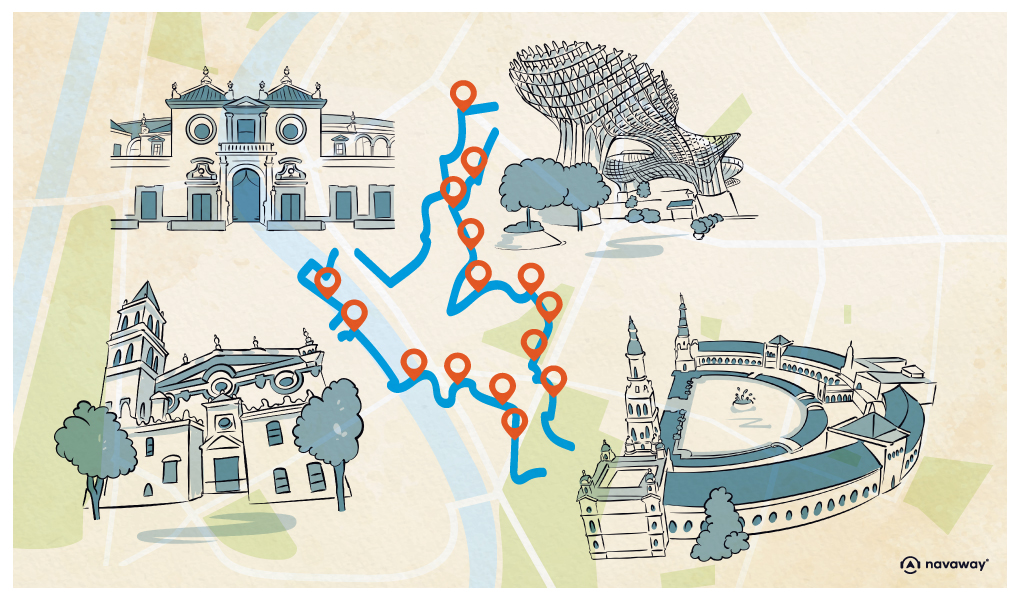
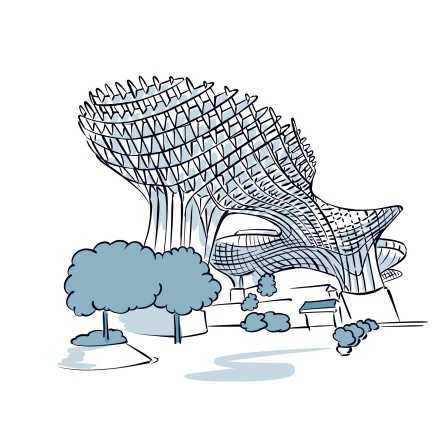
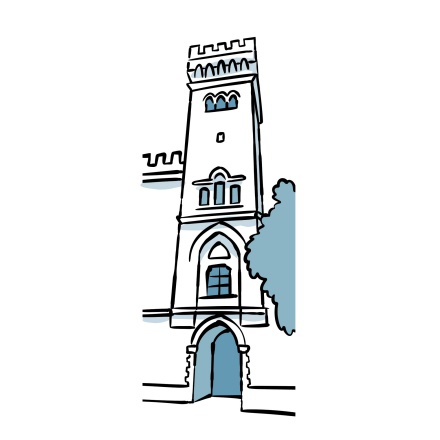
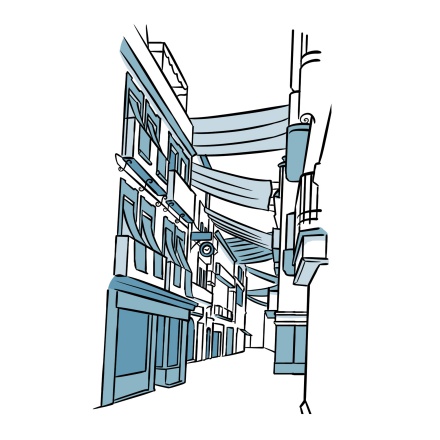
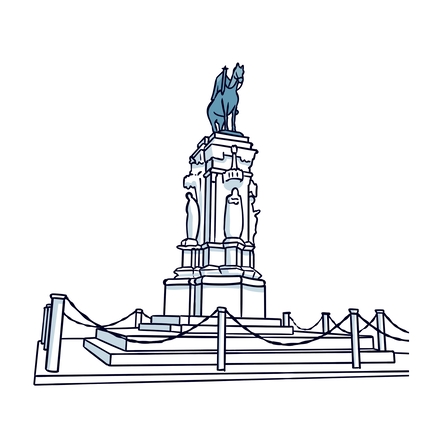



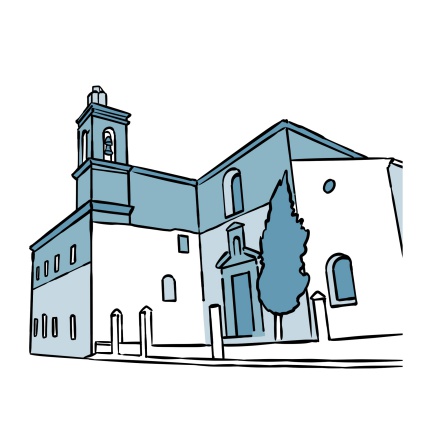
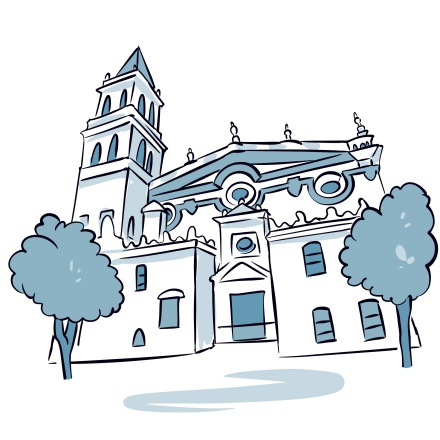


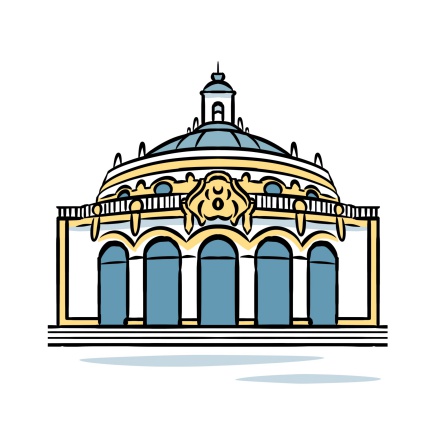
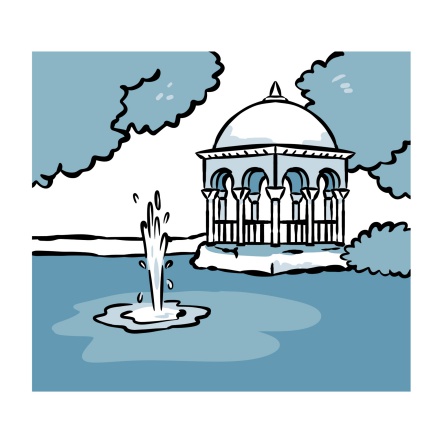
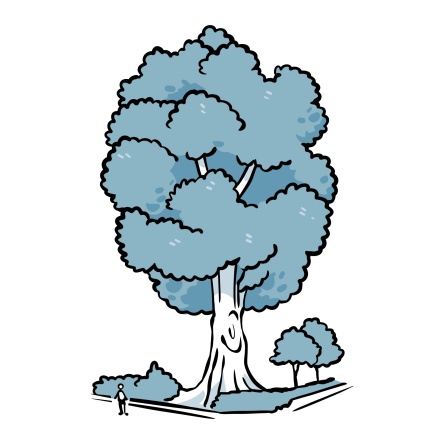
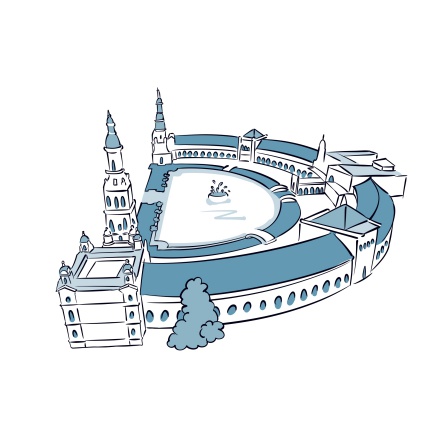
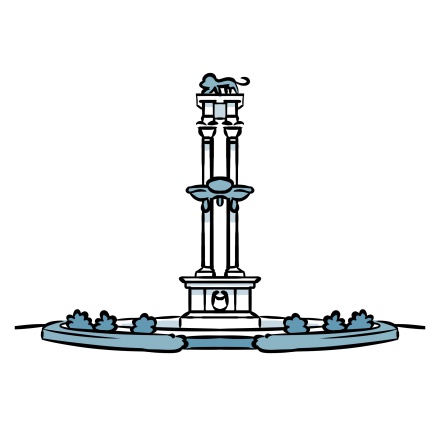
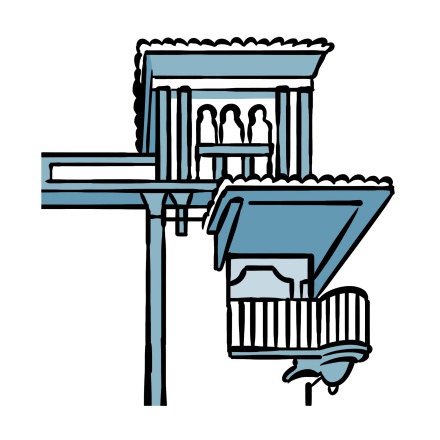
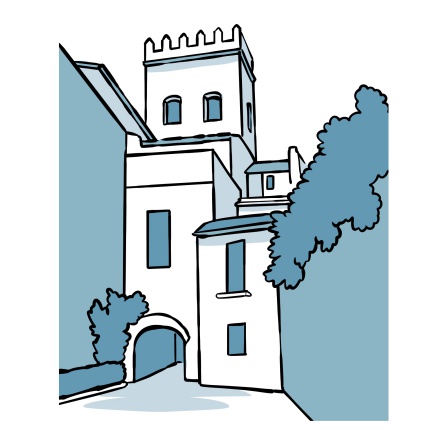
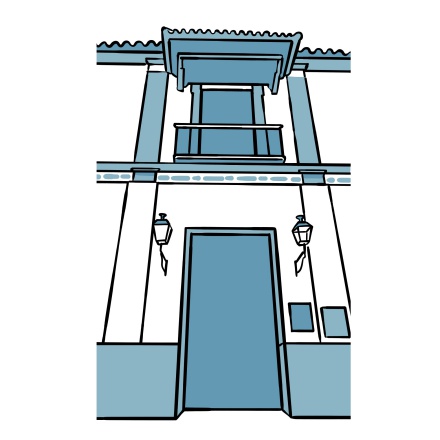
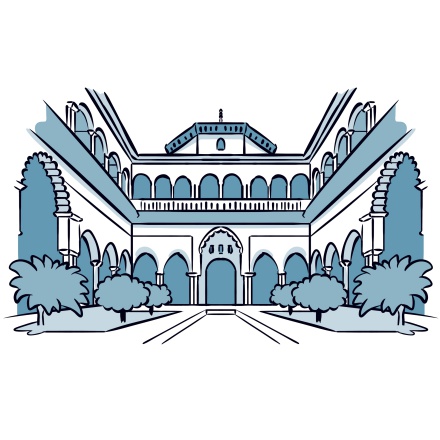
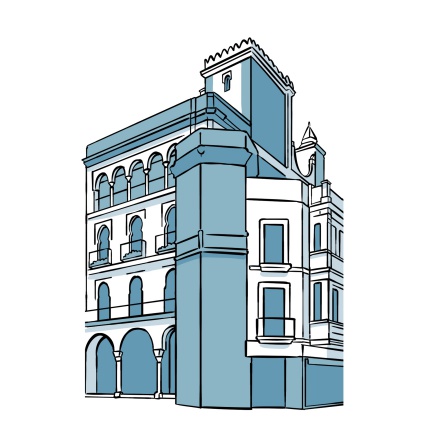
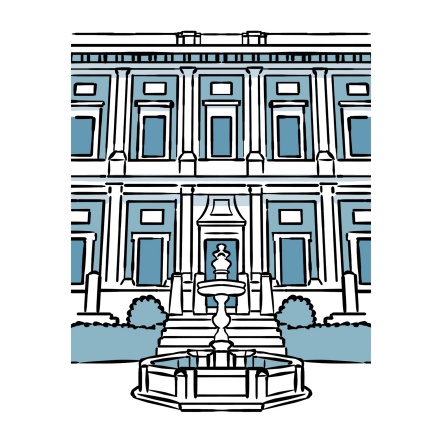
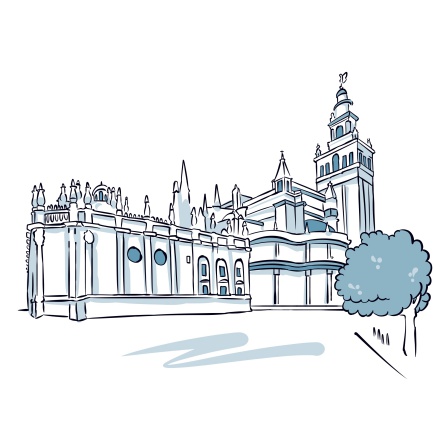
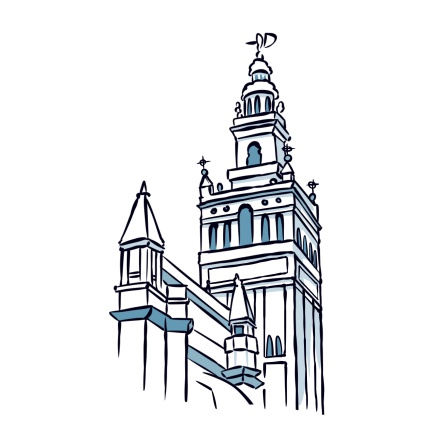
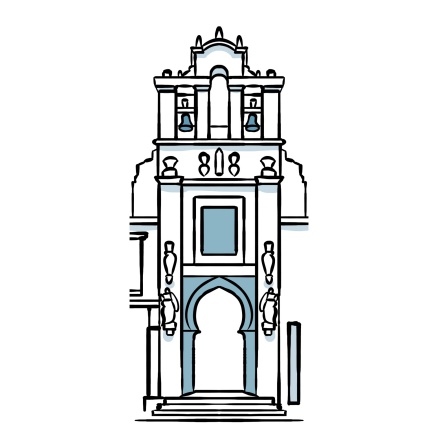
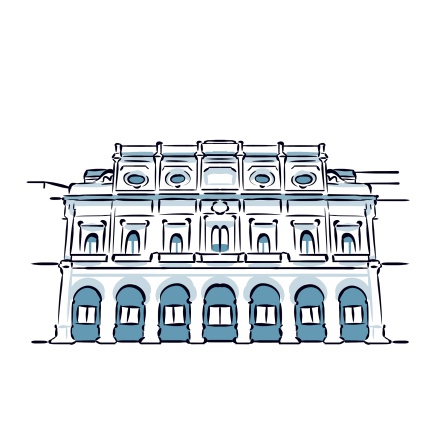


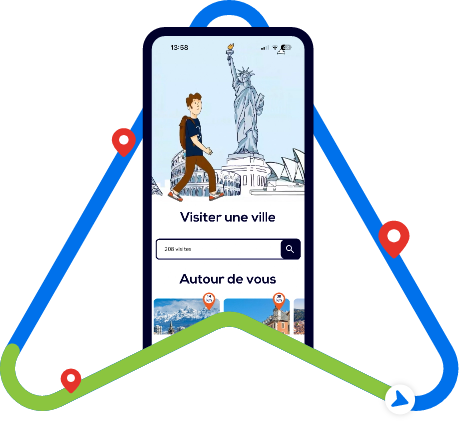
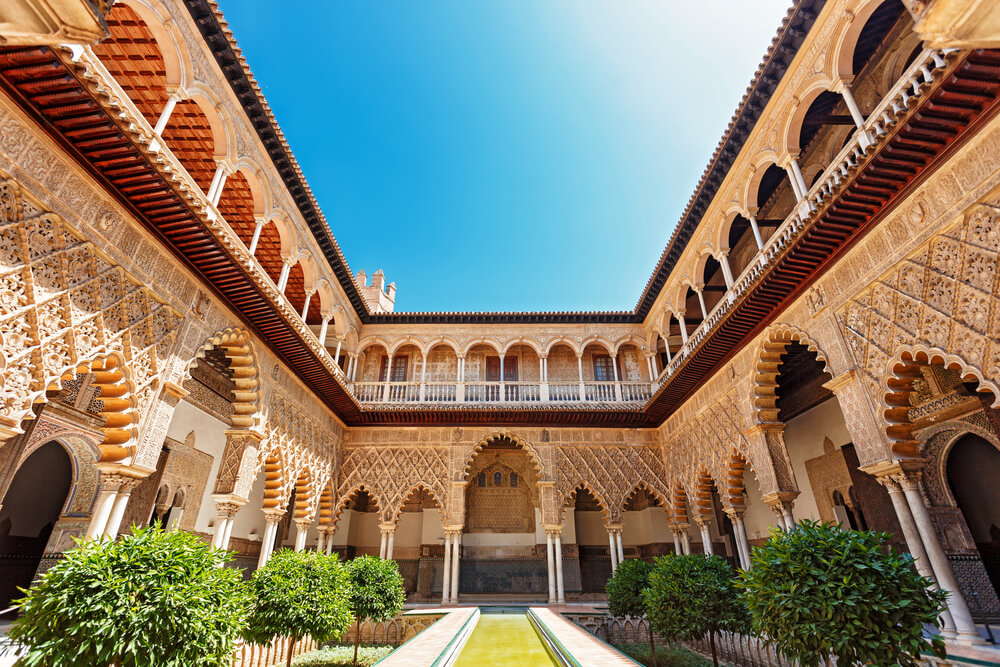
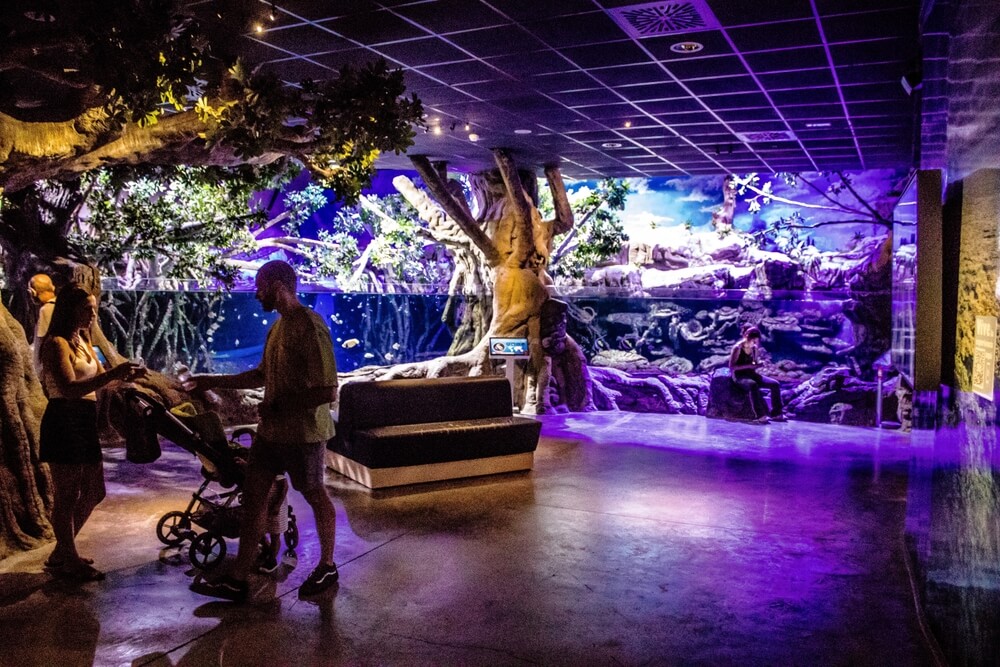
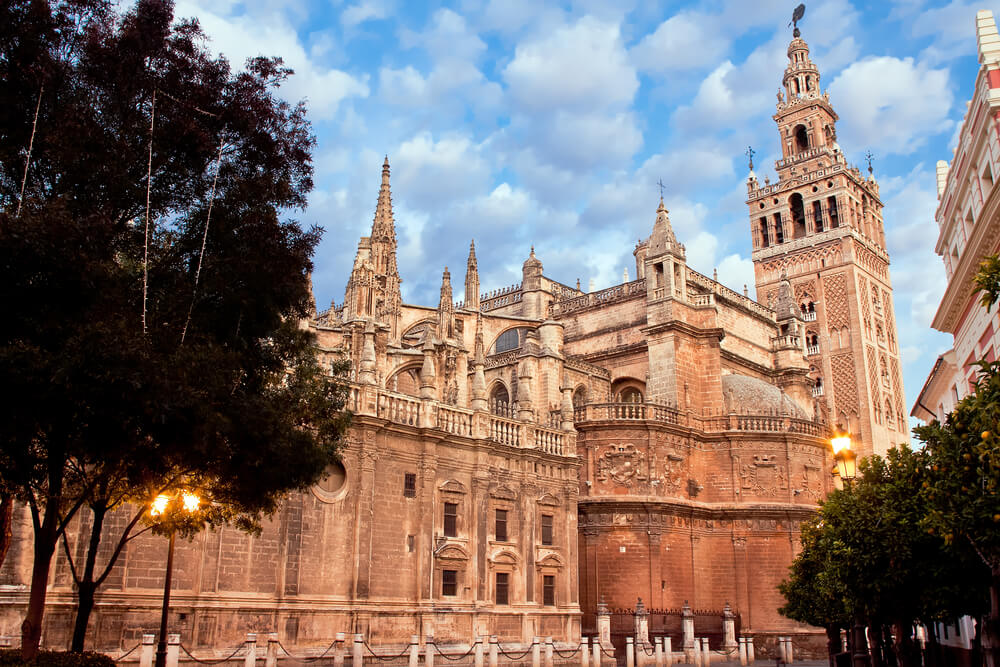
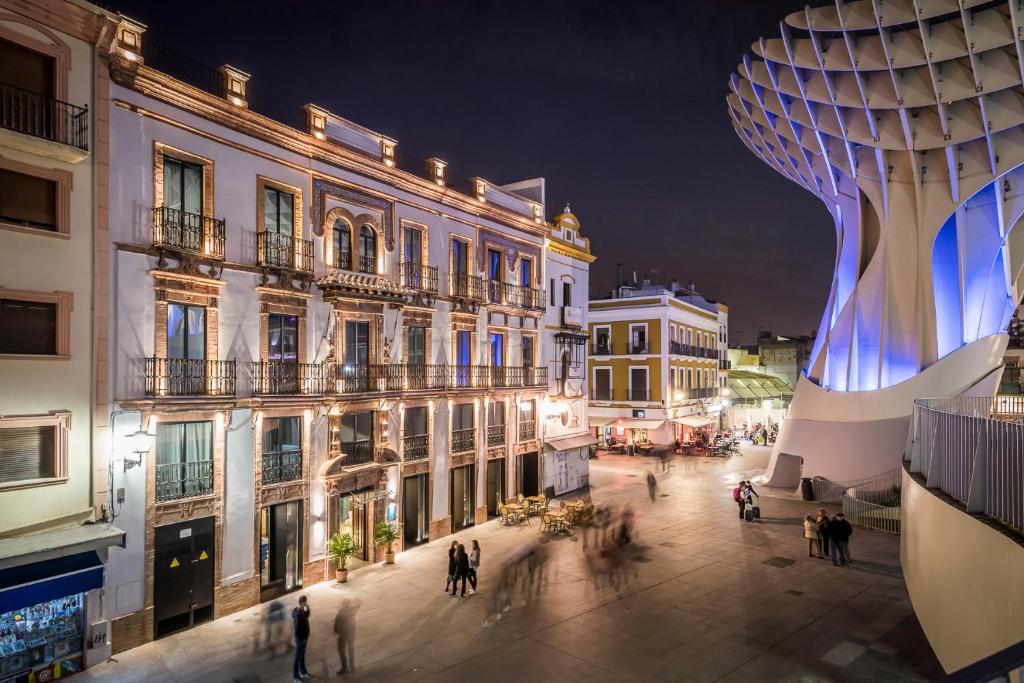

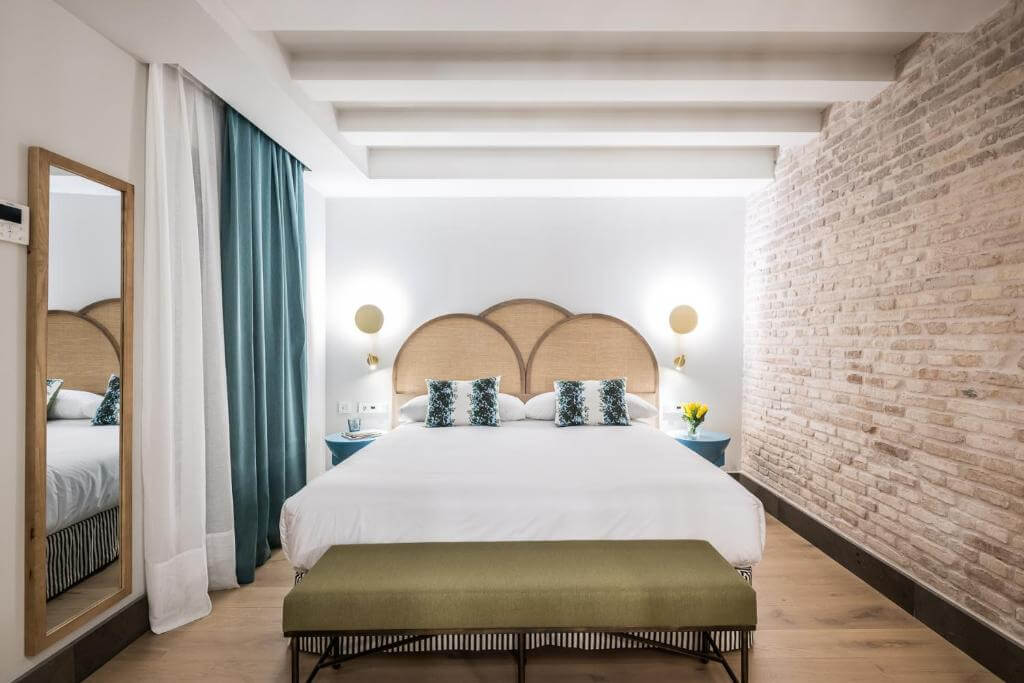
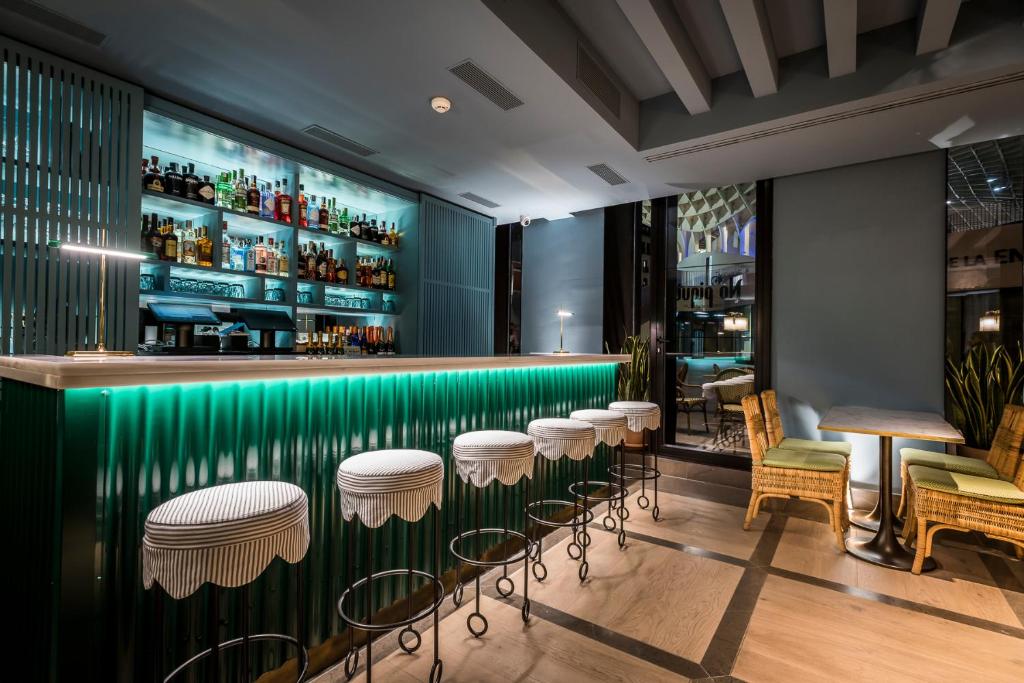
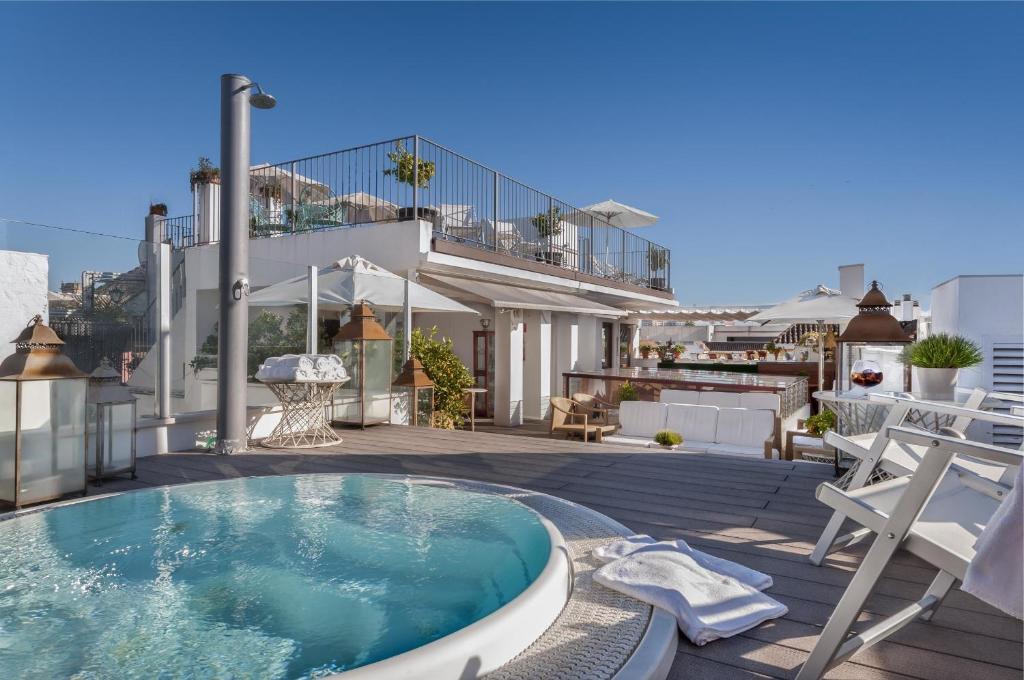
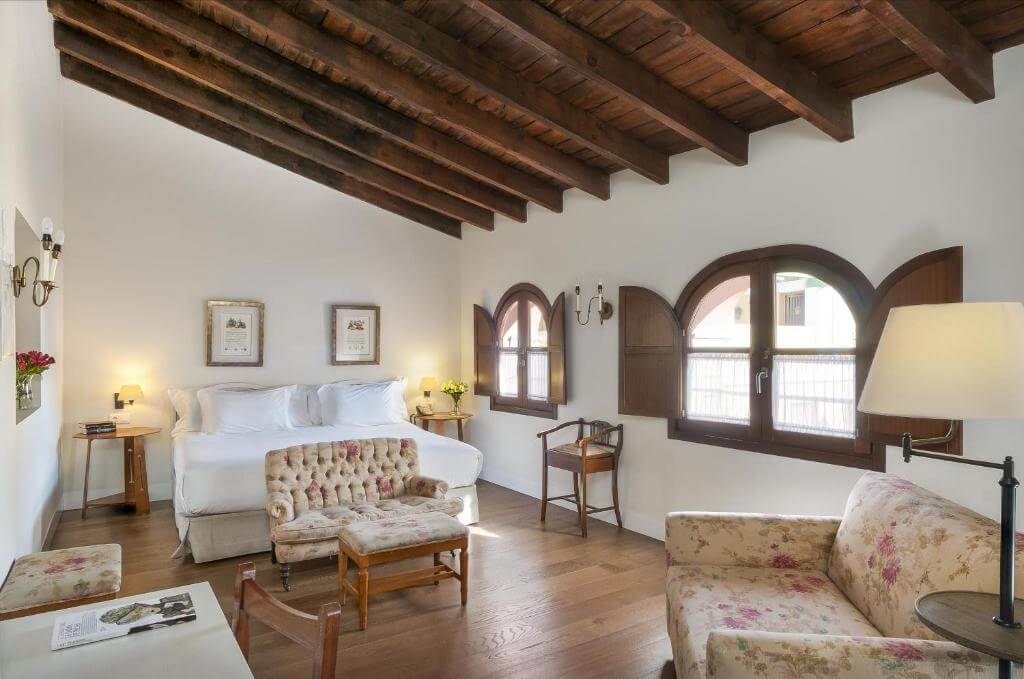
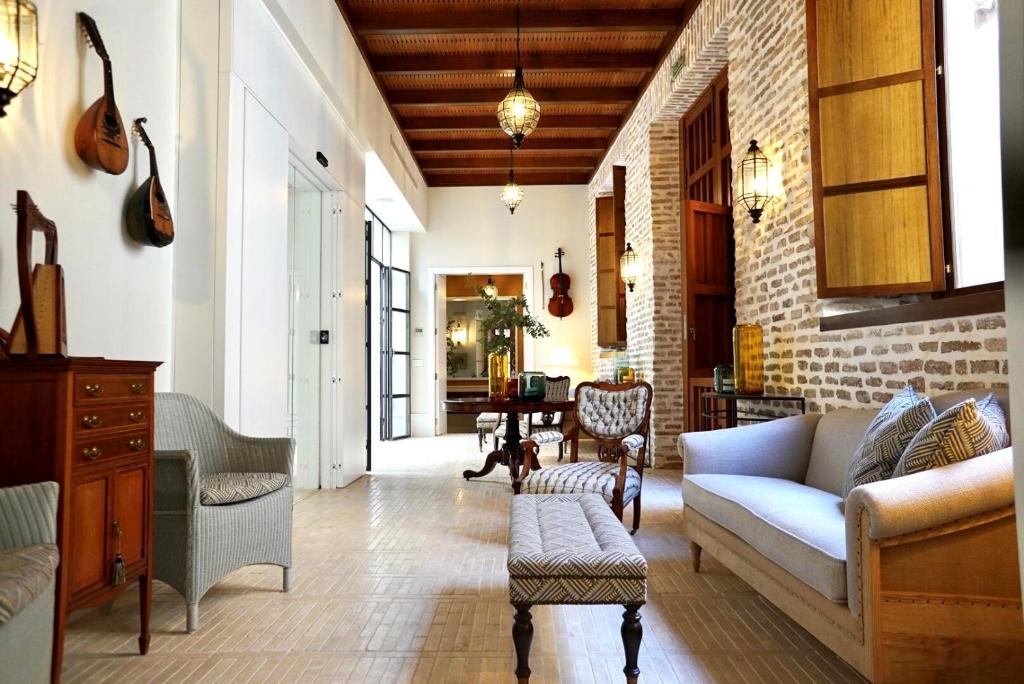
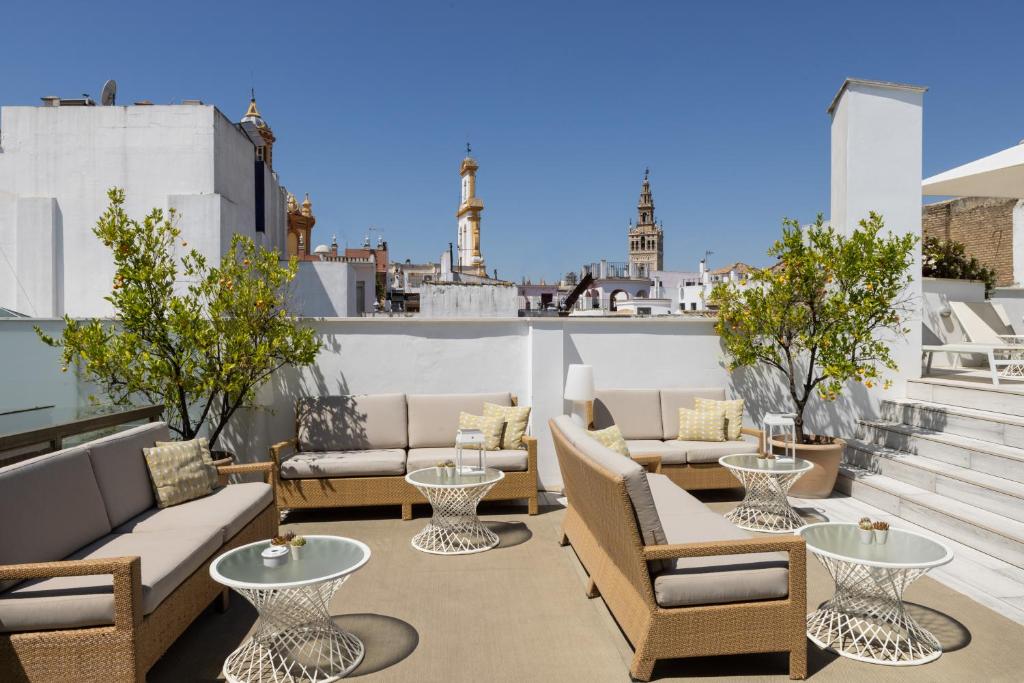
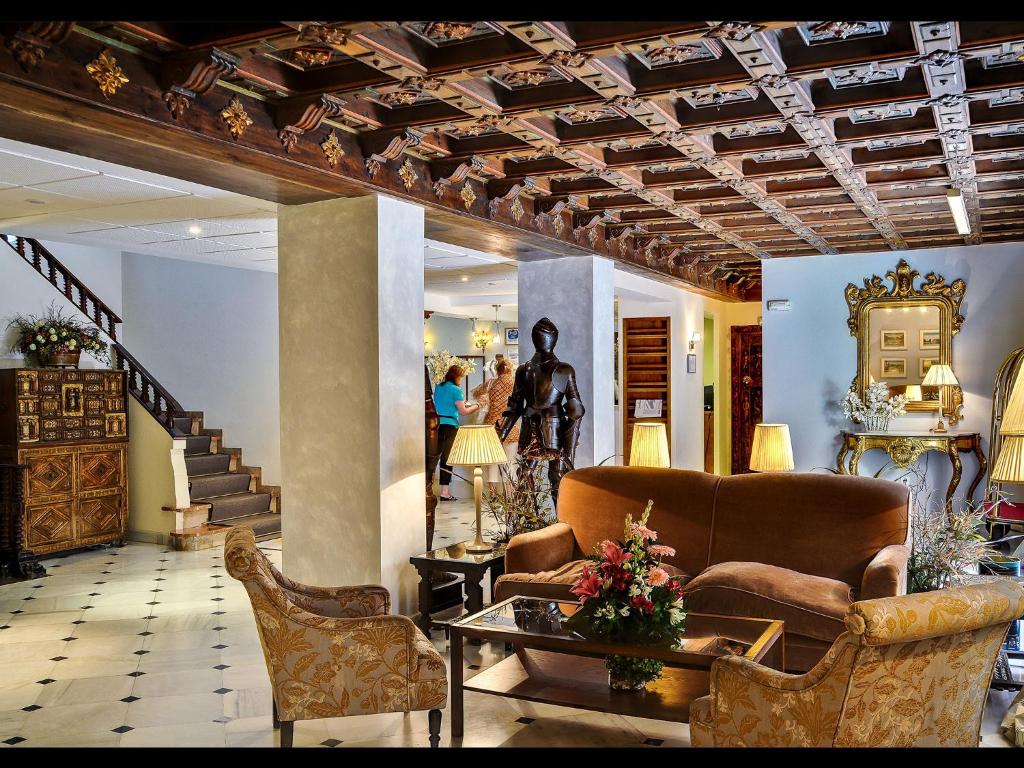

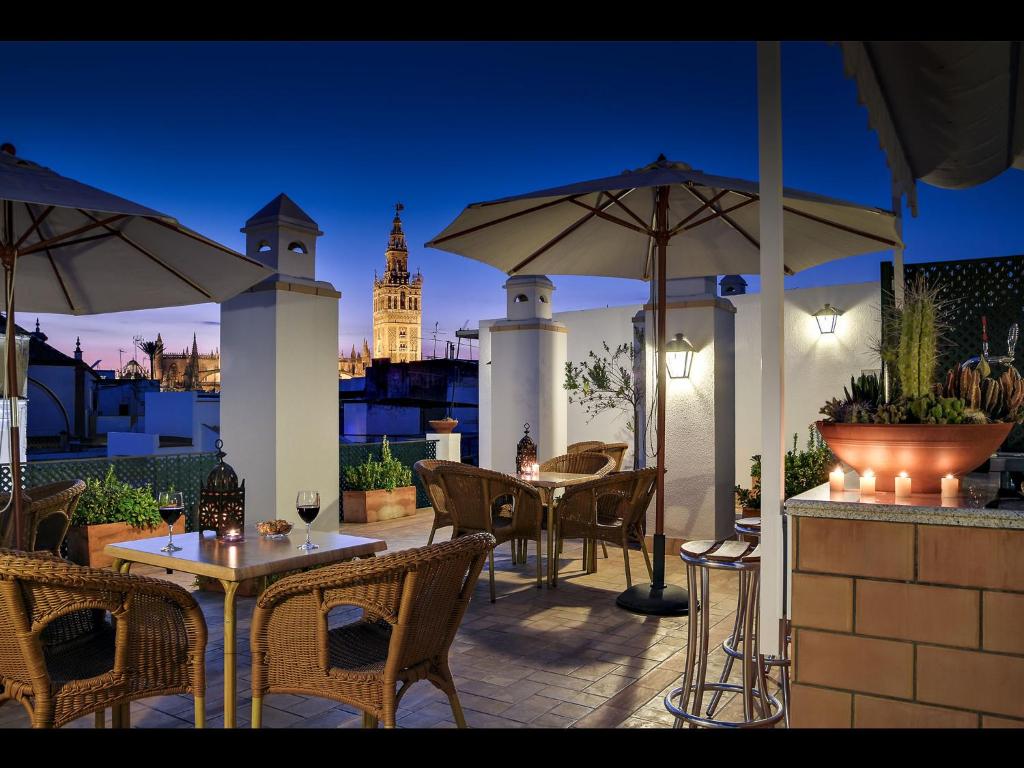
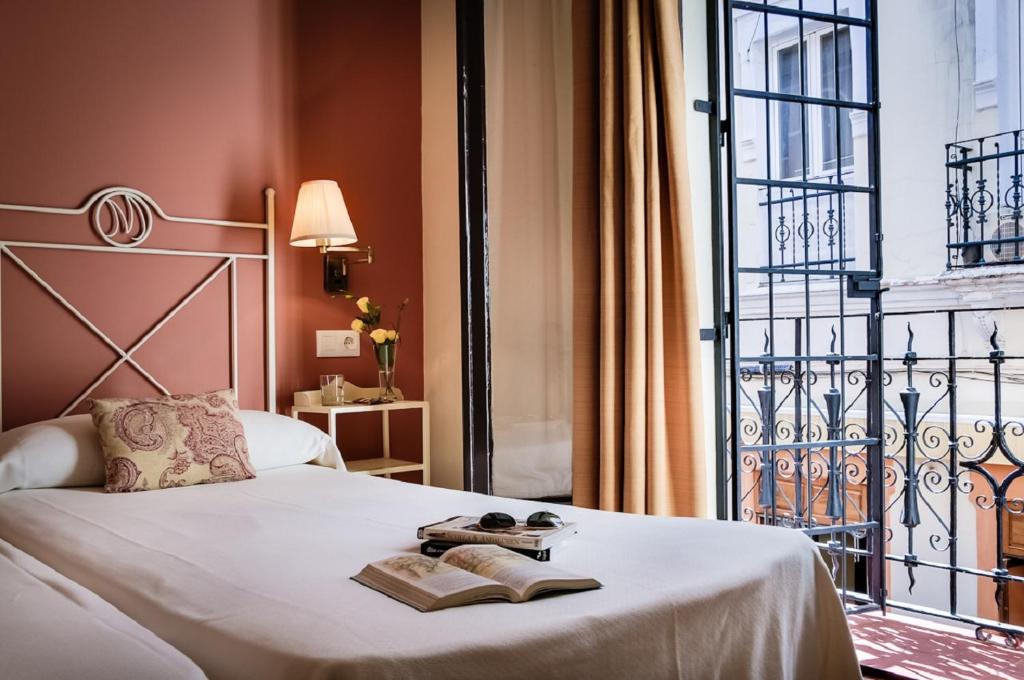
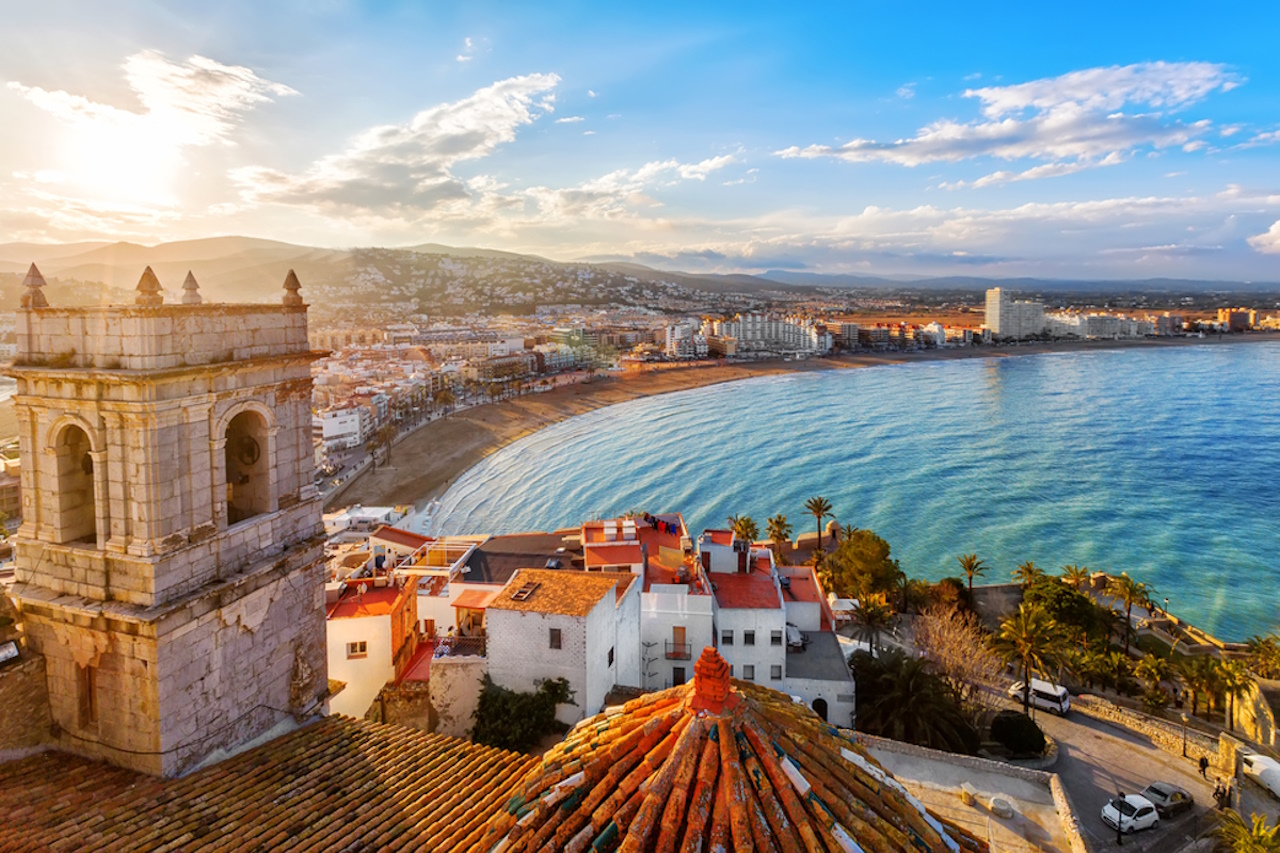

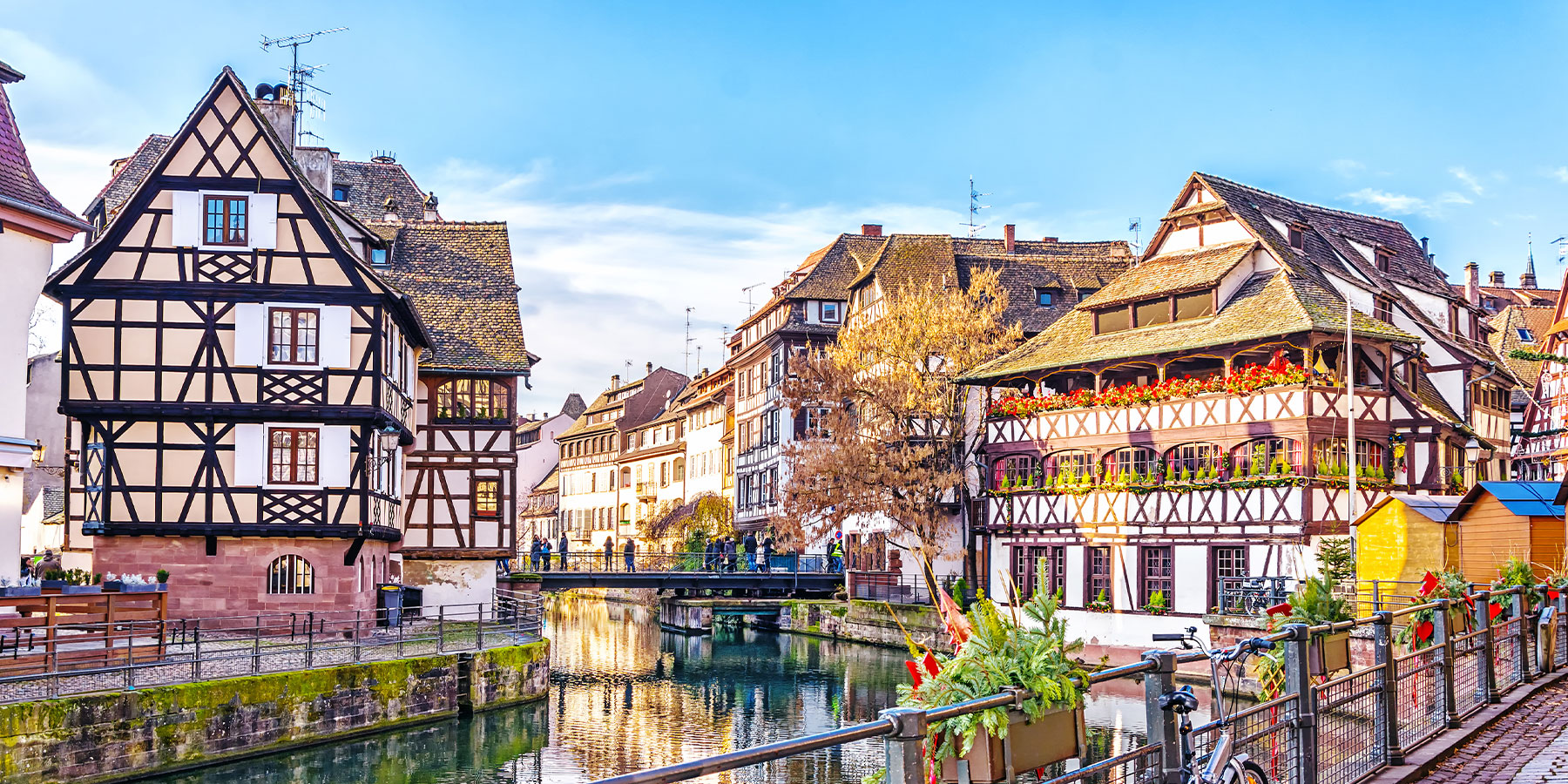
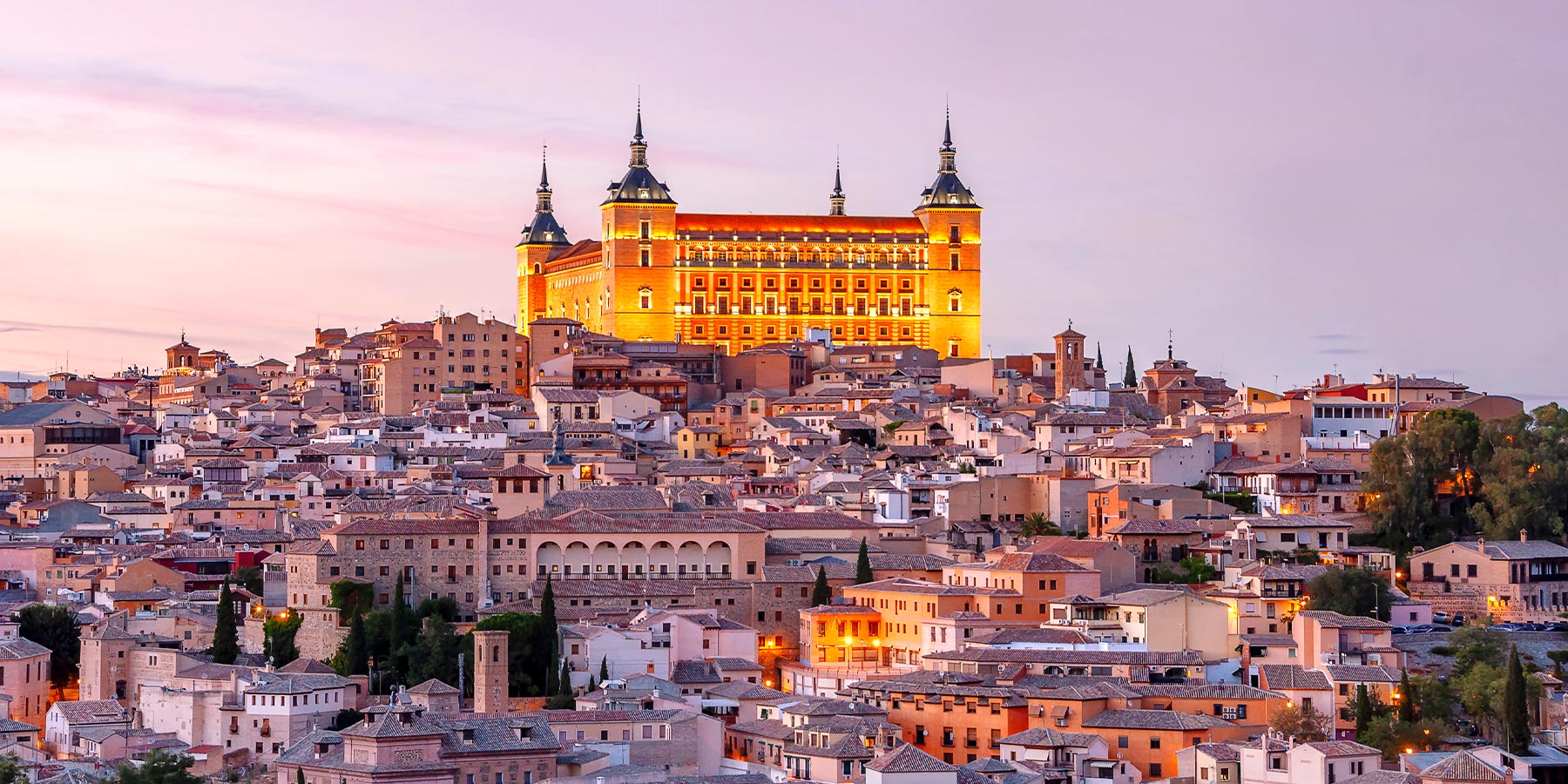
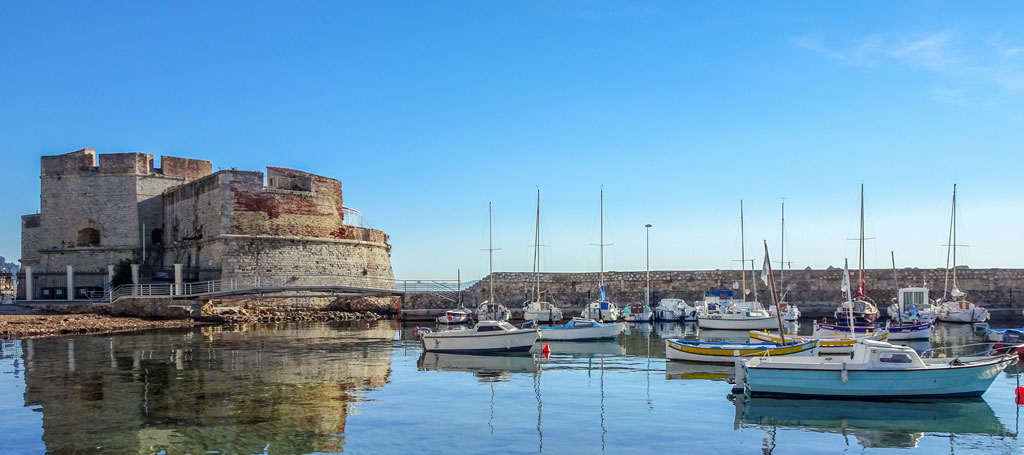
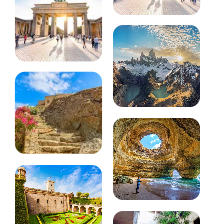

Comments